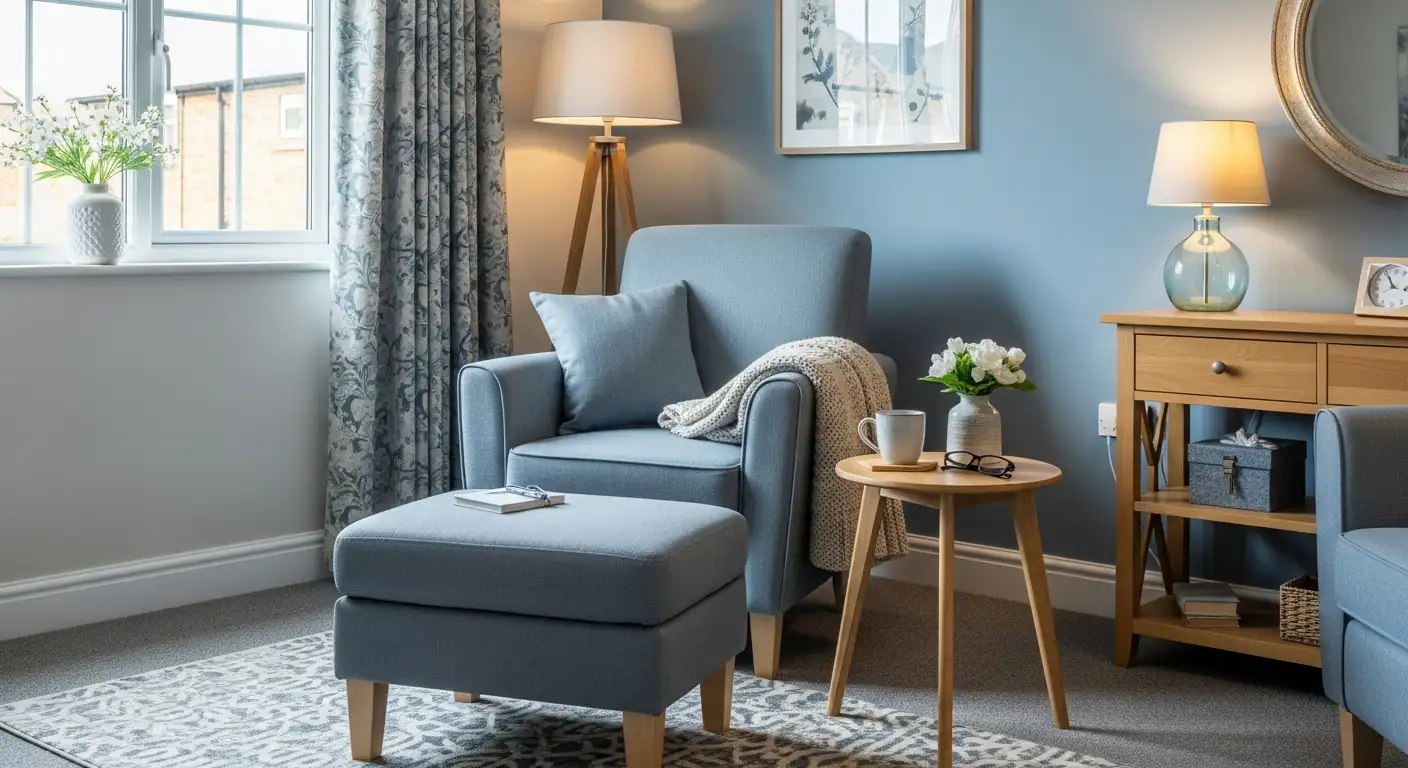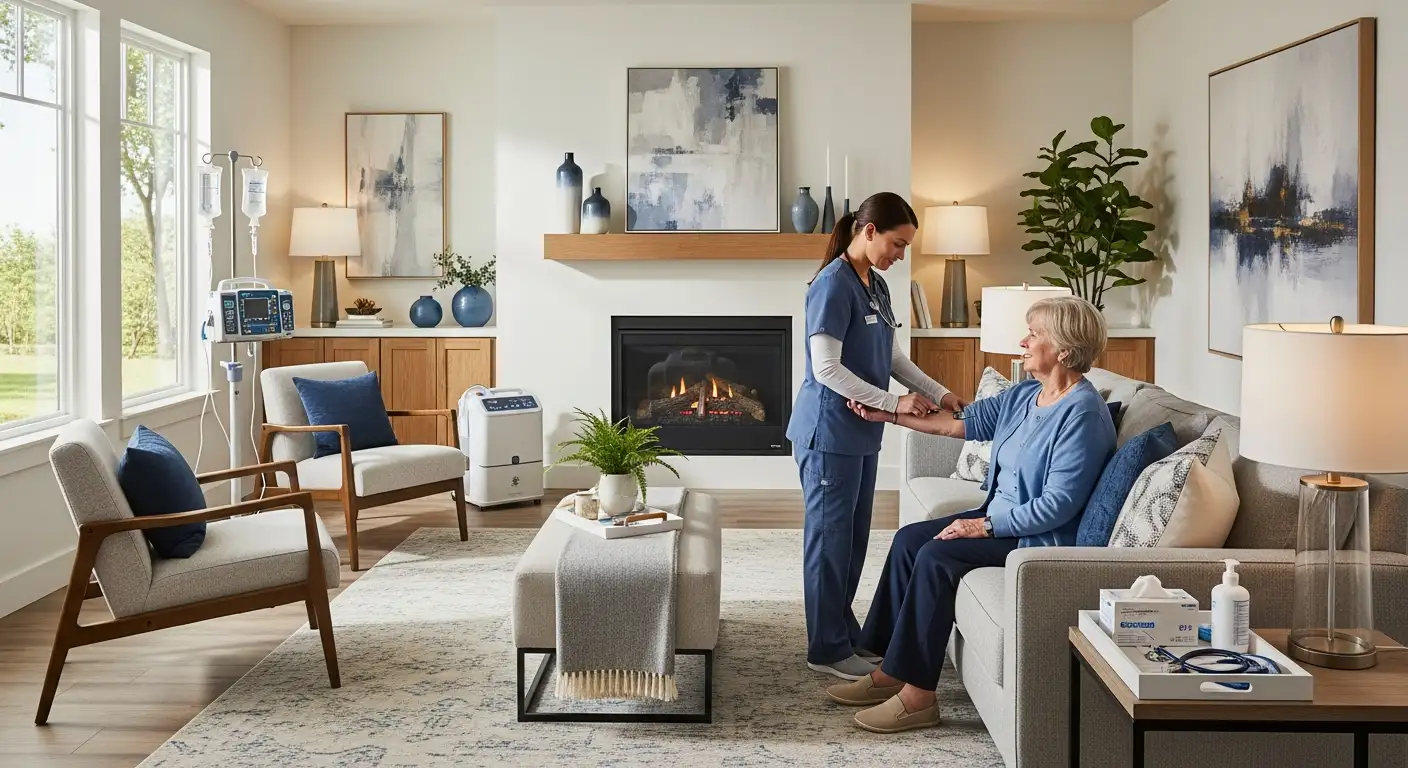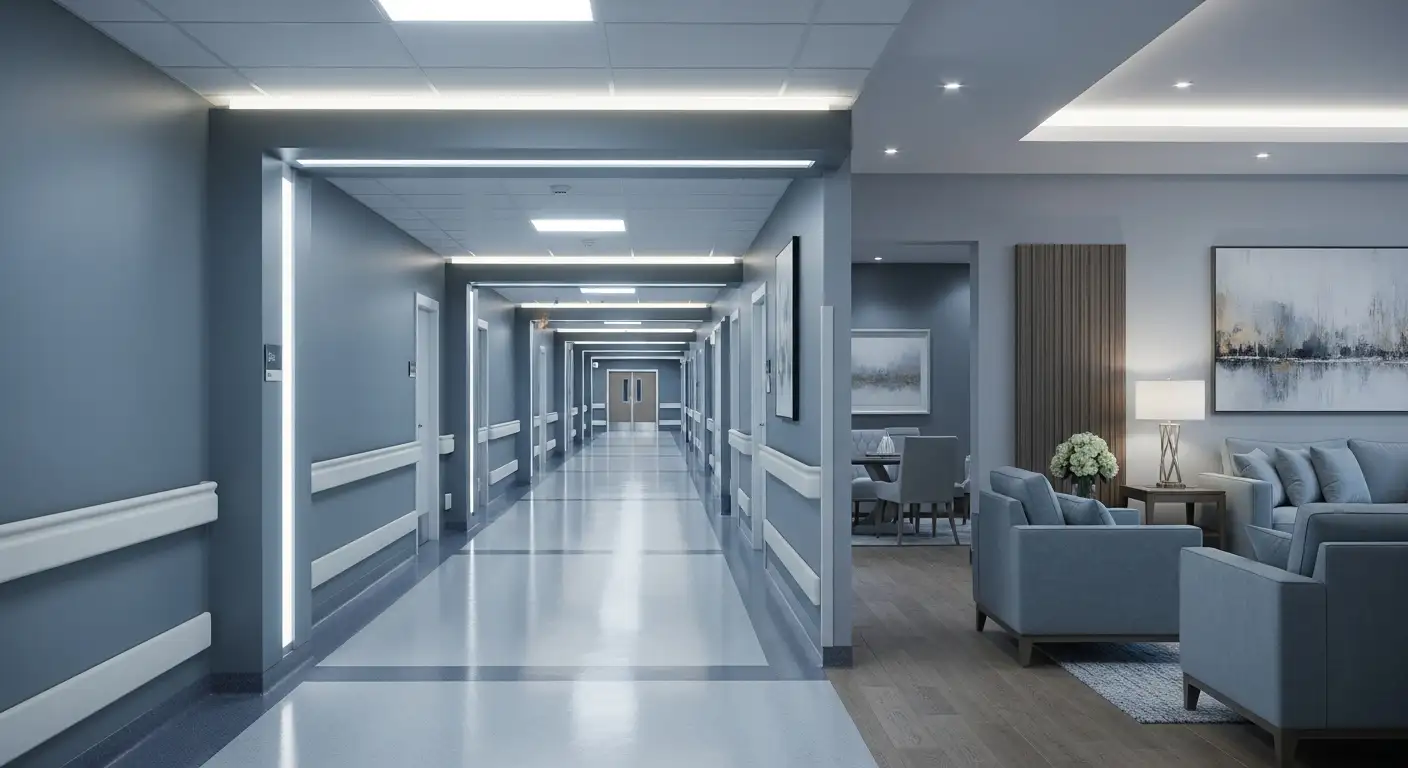Understanding the Challenge of Elderly Falls
Falls among older adults are a prevalent and serious issue that significantly impacts health and quality of life. With one in four adults aged 65 and older experiencing a fall each year, and seniors with a history of falls facing up to three times the risk of falling again, the need for effective prevention strategies is urgent. Homemaking care services, delivered through in-home care agencies and programs like CDPAP, offer tailored approaches that reduce fall risks and improve safety within the home environment. This article explores how homemaking care interventions comprehensively address the factors contributing to falls and enhance the well-being of elderly individuals.
The Scope and Impact of Falls Among Older Adults

Prevalence and Risk of Falls Among Elderly
Falls are a serious concern for adults aged 65 and older, particularly those living in the community. Research shows that older adults with a history of falls have up to three times the risk of falling again than those without such a history. Those receiving home care services face even higher risks, especially if they have experienced previous falls. Cognitive impairments, such as dementia, further increase the risk by affecting judgment and orientation.
Healthcare Costs Associated with Falls
Falls among older adults represent a significant burden on the healthcare system, accounting for up to 1.5% of total healthcare expenditures. This high cost is driven by the medical attention required for fall-related injuries, rehabilitation, and long-term care.
Statistics on Fall-Related Injuries and Risks
More than 30% of adults over 65 fall each year, with around 10% of these incidents leading to serious injuries like hip fractures and head trauma. These injuries not only impair mobility but also contribute to decreased independence and quality of life. Multiple factors such as impaired balance, vision or hearing problems, polypharmacy, and chronic diseases increase fall risk in this population.
| Factor | Impact on Falls | Notes |
|---|---|---|
| Previous fall history | Up to 3x increased risk | Major predictor of future falls |
| Chronic conditions | Balance and fainting issues | E.g., anemia increases fall susceptibility |
| Cognitive impairments | Memory loss, disorientation, unsafe behaviors | Dementia greatly contributes to fall risk |
| Home environment | Hazards like slippery floors and poor lighting | Modifications reduce falls significantly |
| Caregiver supervision | Inconsistent supervision can increase accidents | Work commitments may limit supervision |
This data highlights the importance of targeted fall prevention strategies to reduce injuries and healthcare costs among older adults.
Risk Factors Contributing to Falls in the Elderly

Physical and Cognitive Health Conditions Increasing Fall Risk
Older adults face various health challenges raising their risk of falls. Those with a history of falls are three times more likely to fall again. Chronic conditions like anemia can cause balance problems and fainting episodes. Dementia is especially impactful because it impairs memory, orientation, and judgment, leading to risky behaviors such as wandering or being unable to recognize hazards at home. Psycho-behavioral symptoms like agitation further increase safety risks.
Medication-Related Safety Concerns
Memory loss in older adults with dementia often leads to missed or incorrect medication doses, which can heighten fall risk. Polypharmacy (using multiple medications) can cause side effects like dizziness or drowsiness, contributing to instability. Monitoring and managing medication use is a vital aspect of fall prevention to reduce these risks.
Environmental Hazards in the Home
Unsafe home environments significantly contribute to falls. Common hazards include slippery floors, poor lighting, clutter, unsecured electrical cords, and insufficient safety features such as grab bars. Family caregivers often underestimate these risks and may lack the knowledge or resources to make necessary home safety modifications. Financial difficulties and inconsistent supervision due to caregivers’ commitments further add to the problem.
Effectively addressing these risk factors requires a comprehensive and collaborative approach involving healthcare providers, caregivers, and the elderly themselves to ensure safer mobility and living environments.
Comprehensive Assessments in Homemaking Care to Identify Fall Risks
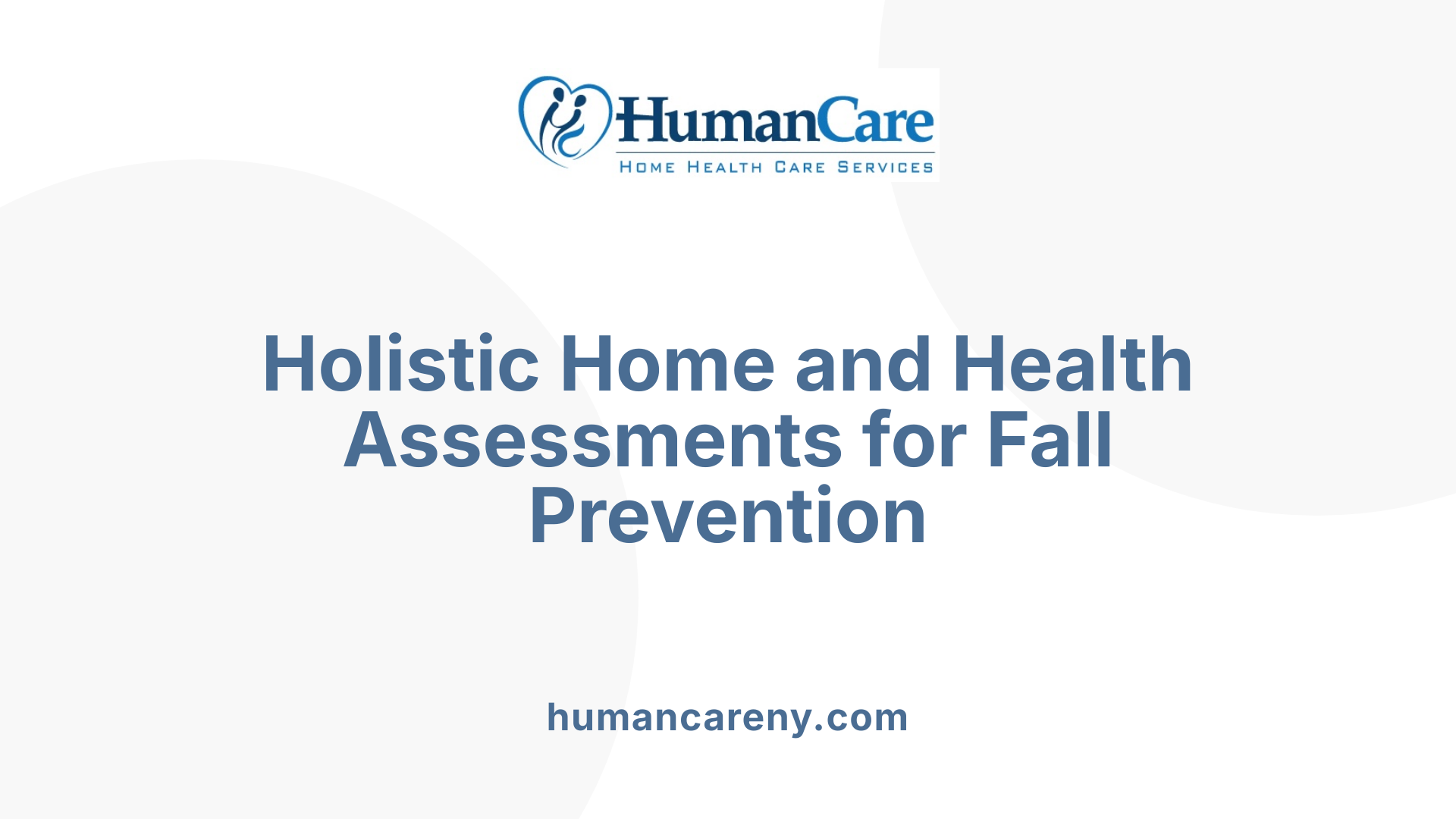
Environmental Hazard Assessments
Home health care providers begin fall prevention efforts with thorough evaluations of seniors' living environments. Common hazards include slippery floors, clutter, poor lighting, loose rugs, and electrical dangers. Identifying and addressing these issues—such as installing grab bars, improving lighting, and securing cables—creates safer spaces that significantly reduce the chance of falls.
Physical and Cognitive Health Evaluations
Regular assessments focus on physical factors like balance, gait, muscle strength, and vision and hearing acuity. Cognitive health, including memory and orientation, is evaluated especially for seniors with dementia, who face increased fall risks due to impaired judgment and risky behaviors. These evaluations enable tailored strategies such as personalized exercise programs to improve strength, coordination, and balance.
Medication Management and Monitoring
Medication use plays a critical role in fall risk. Home health professionals review medications to identify side effects like dizziness or interactions that could increase falls. They also assist in ensuring proper medication adherence, particularly important for seniors with cognitive impairments, helping to prevent missed doses or incorrect use.
Together, these comprehensive assessments guide individualized interventions that improve safety and maintain independence for seniors receiving homemaking care.
Targeted Interventions and Home Modifications to Enhance Safety
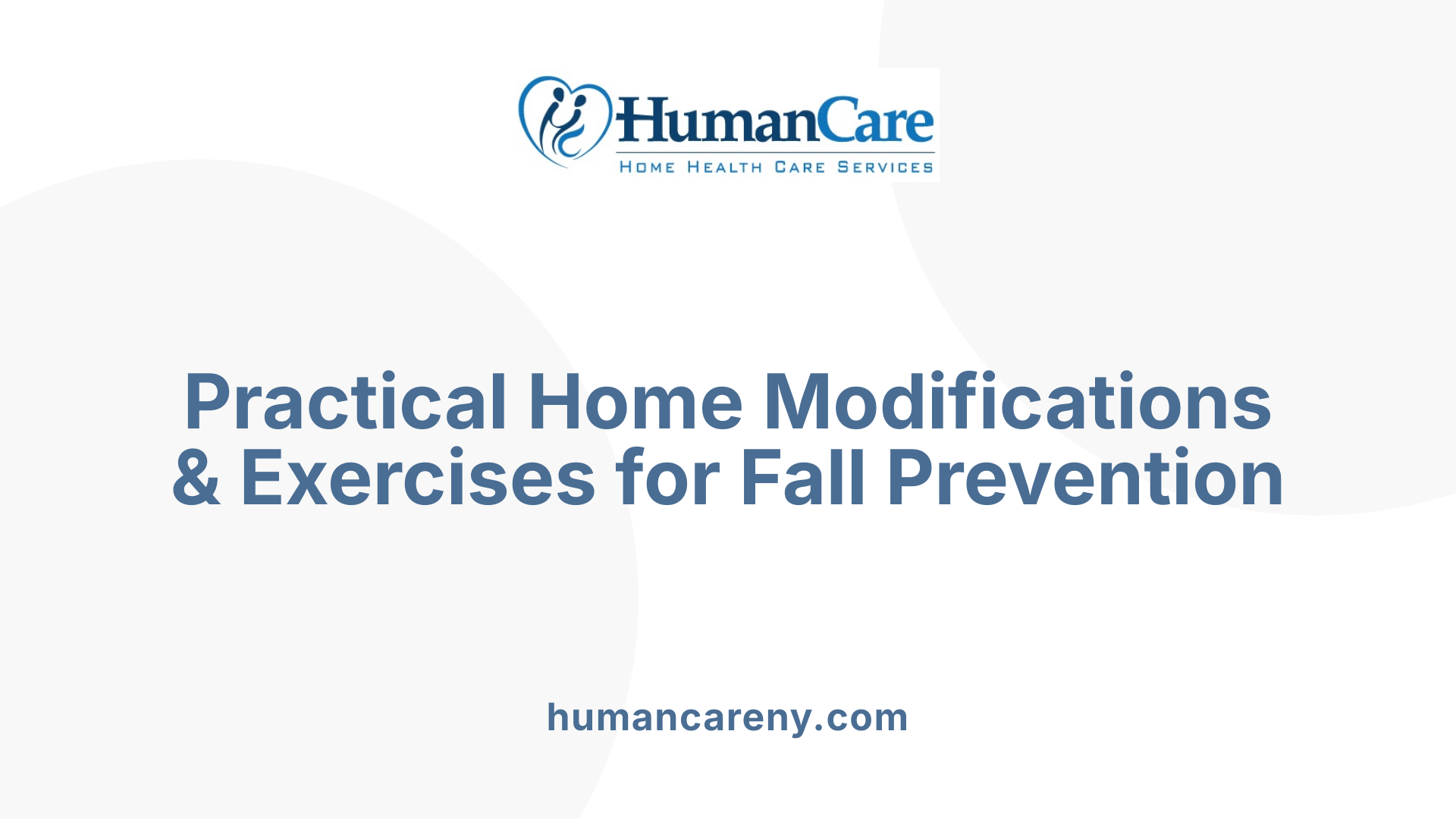
Installation of Grab Bars and Non-Slip Flooring
Ensuring a safe living environment is essential for preventing falls among older adults, particularly those receiving home care services. One effective measure involves installing grab bars in critical areas like bathrooms and hallways, which provide additional support and stability. Alongside this, non-slip flooring or mats significantly reduce the risk of slipping, especially in wet or high-traffic areas. These modifications create safer pathways, reducing hazardous footing that could contribute to falls.
Improved Lighting and Clutter Reduction
Proper lighting plays a crucial role in enhancing visibility and preventing accidents, particularly for seniors with declining vision. Home health care providers emphasize the need to improve lighting throughout the home, including staircases, entryways, and bedrooms. Additionally, reducing clutter by organizing living spaces helps eliminate tripping hazards. Clearing excess furniture, cables, and loose rugs contributes to a safer and more navigable environment for seniors.
Personalized Exercise Programs to Improve Balance and Strength
Exercise tailored to an individual’s abilities is a cornerstone of fall prevention. Home health care professionals design personalized programs focusing on strength, balance, and flexibility. These may include activities like tai chi, physical therapy, and targeted strength training. Such programs not only improve physical health but also help seniors regain confidence, reduce fear of falling, and maintain their independence. Regular participation in these exercises has been shown to significantly decrease the chance of falls by enhancing coordination and muscle function.
Combining these targeted home modifications with personalized exercise programs fosters a comprehensive approach to fall prevention. This multifaceted strategy addresses both environmental risks and physical vulnerabilities to improve safety and quality of life for older adults.
The Role of Caregivers in Ongoing Fall Prevention and Support
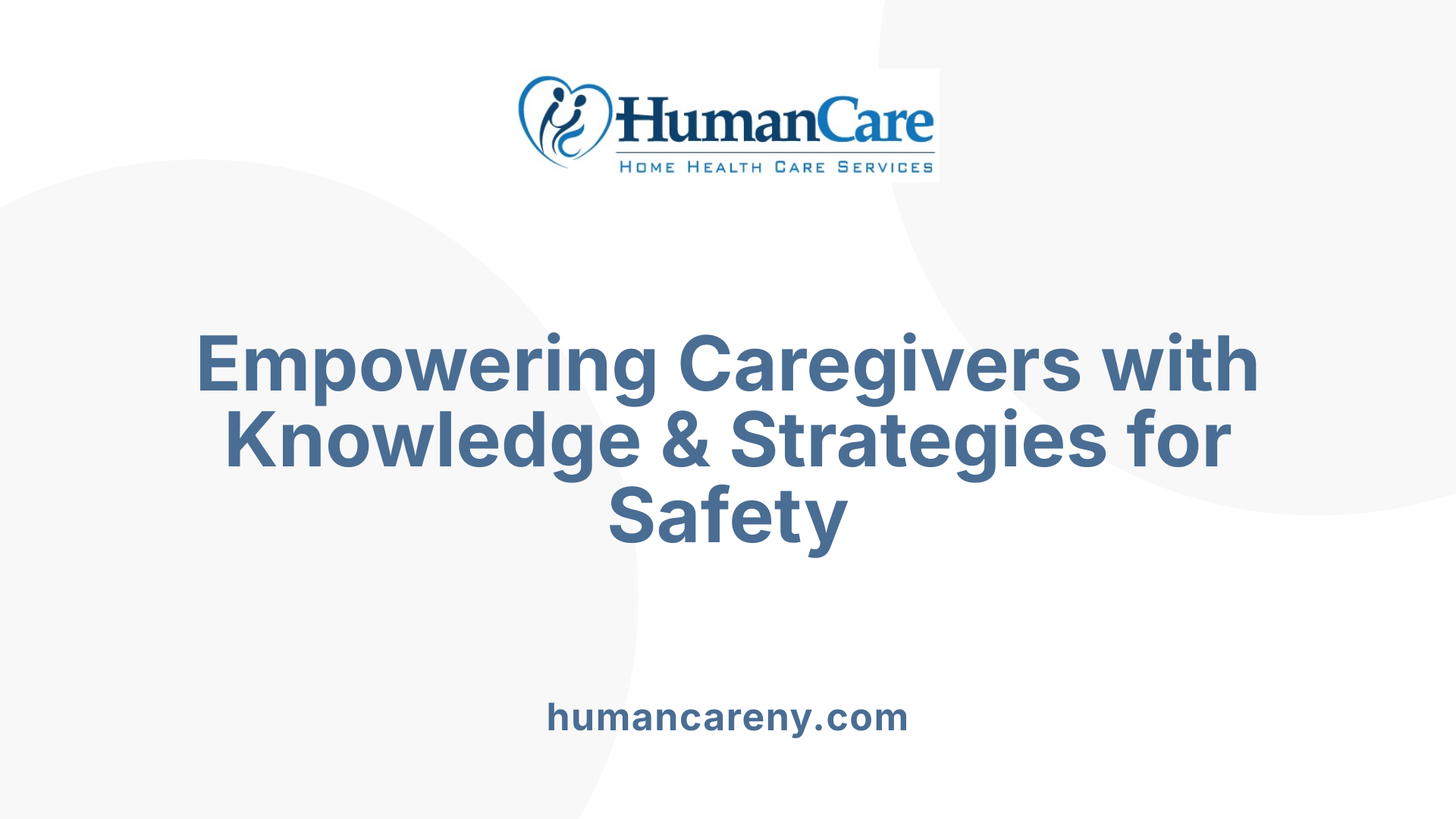
Caregiver Supervision and Safety Knowledge
Family caregivers play a critical role in fall prevention for older adults, especially those with dementia or previous fall history. However, supervision can be inconsistent due to caregivers' work commitments, which leads to periods when older adults may be left unattended, increasing their risk of accidents and falls.
Moreover, many caregivers lack sufficient safety knowledge. They often underestimate hazards present in the home environment such as slippery floors, poor lighting, and clutter, which can contribute to falls. This limited awareness hinders their ability to proactively prevent accidents.
Challenges Faced by Family Caregivers
Family caregivers frequently face financial hardships and limited social support that restrict their ability to make necessary home modifications or access professional safety guidance. These resource constraints, combined with insufficient motivation or education about fall risks, can impair the caregiver's capacity to enhance home safety effectively.
In addition, caregivers struggle with managing the complex needs of older adults with dementia, who may exhibit risky behaviors like wandering or impaired judgment. The psycho-behavioral symptoms of agitation or aggression pose additional safety threats, further complicating supervision.
Education and Empowerment Through Homemaking Care
Home health care providers offer crucial education and support to family caregivers, empowering them with knowledge about hazard recognition, safe mobility, and fall prevention strategies. Training caregivers in these areas increases their confidence and motivation to implement effective safety measures.
Assistance from multidisciplinary home care teams also helps caregivers by providing structured fall risk assessments and personalized intervention plans, including exercise routines and home modifications. This collaborative approach ensures caregivers are supported in maintaining a safer environment and reducing fall risks.
By enhancing caregiver supervision and safety knowledge through targeted education and resources, home care services play a vital role in ongoing fall prevention and supporting the well-being of older adults and their families.
Collaborative and Multidisciplinary Approaches in Fall Prevention
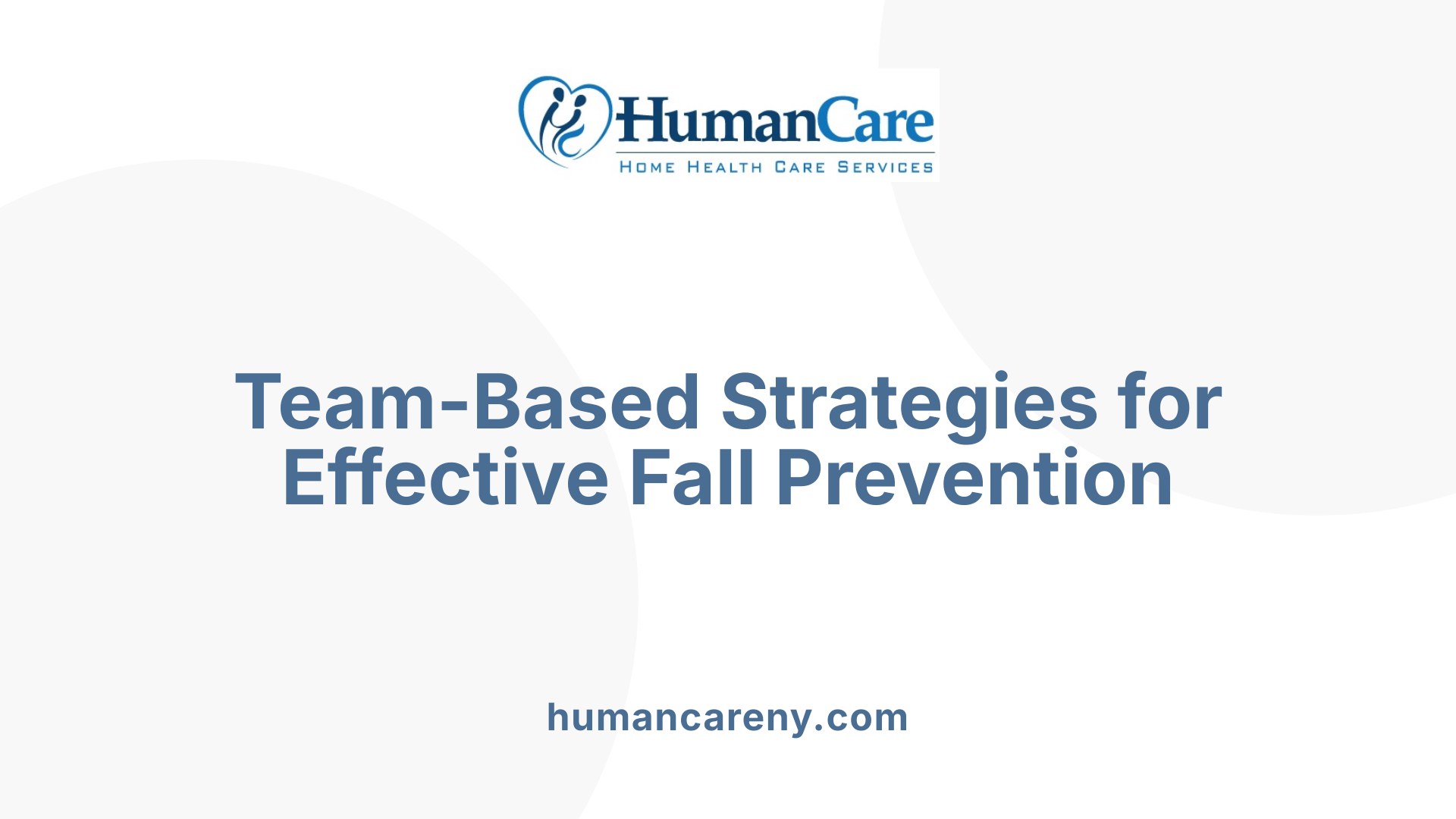
How do healthcare professionals and general practitioners collaborate in fall prevention?
Effective fall prevention in older adults relies heavily on the integration of multidisciplinary healthcare teams and general practitioners. In home care settings, various healthcare professionals including nurses, physiotherapists, occupational therapists, and physicians collaborate to assess fall risks comprehensively. This cooperative approach ensures that each patient's physical health, cognitive status, medication regimen, and environmental factors are evaluated holistically. Communication between general practitioners and home care providers is critical to tailor interventions and monitor ongoing fall risk, enhancing patient safety and reducing future falls.
What role do multifactorial interventions and physiotherapy play?
For individuals identified as high fall risk, multifactorial interventions are recommended. These include personalized exercise programs focusing on strength, balance, and flexibility, often supervised by physiotherapists. Physiotherapy sessions may involve tailored exercises such as tai chi and balance training designed to improve coordination and reduce fall probability. Beyond exercise, interventions address medication review to minimize side effects that cause dizziness or confusion, home safety modifications, and patient education. This multifaceted strategy addresses both intrinsic and extrinsic risk factors, creating a comprehensive prevention framework.
Why are structured fall prevention programs important?
Structured fall prevention programs are vital for ensuring consistent and effective implementation of assessment, intervention, and follow-up routines. Programs following evidence-based practices, like the CDC's STEADI initiative, provide guidelines for screening, risk stratification, and intervention that teams can systematically apply. Home health agencies benefit from implementing these programs by incorporating home safety assessments, interdisciplinary interventions, patient and caregiver education, and protocols for fall response. For example, Amedisys’s Fall Reduction Program integrates home safety checks and fall detection technology to enhance elderly safety. Such structured programs help bridge gaps in care, ensure adherence to recommendations, and ultimately reduce fall-related injuries among seniors.
Emotional and Quality of Life Benefits of Homemaking Care in Fall Prevention

How does homemaking care increase confidence and reduce fear of falling?
Homemaking care plays a vital role in boosting the confidence of older adults by providing consistent support and creating safer living environments. When seniors know their home is equipped with fall prevention measures like grab bars, non-slip flooring, and adequate lighting, their anxiety about falling decreases significantly. This reassurance helps reduce the fear of falling, which is common among elderly individuals, thereby encouraging them to move more freely and engage in daily activities without hesitation.
How does homemaking care help maintain independence through safe home environments?
One of the primary benefits of homemaking care is its focus on transforming homes into safer spaces. By reducing environmental hazards such as clutter, slippery surfaces, and poor lighting, homemaking care enables older adults to maintain a higher degree of independence. Assistance with daily activities such as mobility, bathing, and cooking from trained professionals not only minimizes fall risks but also empowers seniors to continue living in their own homes comfortably and safely.
What overall emotional well-being improvements are linked to homemaking care in fall prevention?
The combination of personalized interventions and supportive environments contributes positively to the emotional well-being of seniors. Feeling safe at home enhances emotional stability, reduces stress, and fosters a sense of control over one’s life. Homemaking care also alleviates worries about accidents for both seniors and their family caregivers, resulting in improved relationships and psychological health. Collectively, these emotional benefits promote a better quality of life and support aging with dignity and confidence.
Concluding Insights on Homemaking Care's Vital Role in Preventing Elderly Falls
Homemaking care represents an essential facet of fall prevention for elderly individuals, weaving together thorough assessments, personalized interventions, caregiver support, and collaborative healthcare strategies. By addressing physical vulnerabilities, environmental hazards, and cognitive challenges, homemaking care services significantly reduce fall risks and enhance the safety and independence of older adults. Beyond preventing injuries, these services foster emotional well-being and confidence, illustrating that comprehensive home health care is crucial for improving elderly safety and quality of life.

